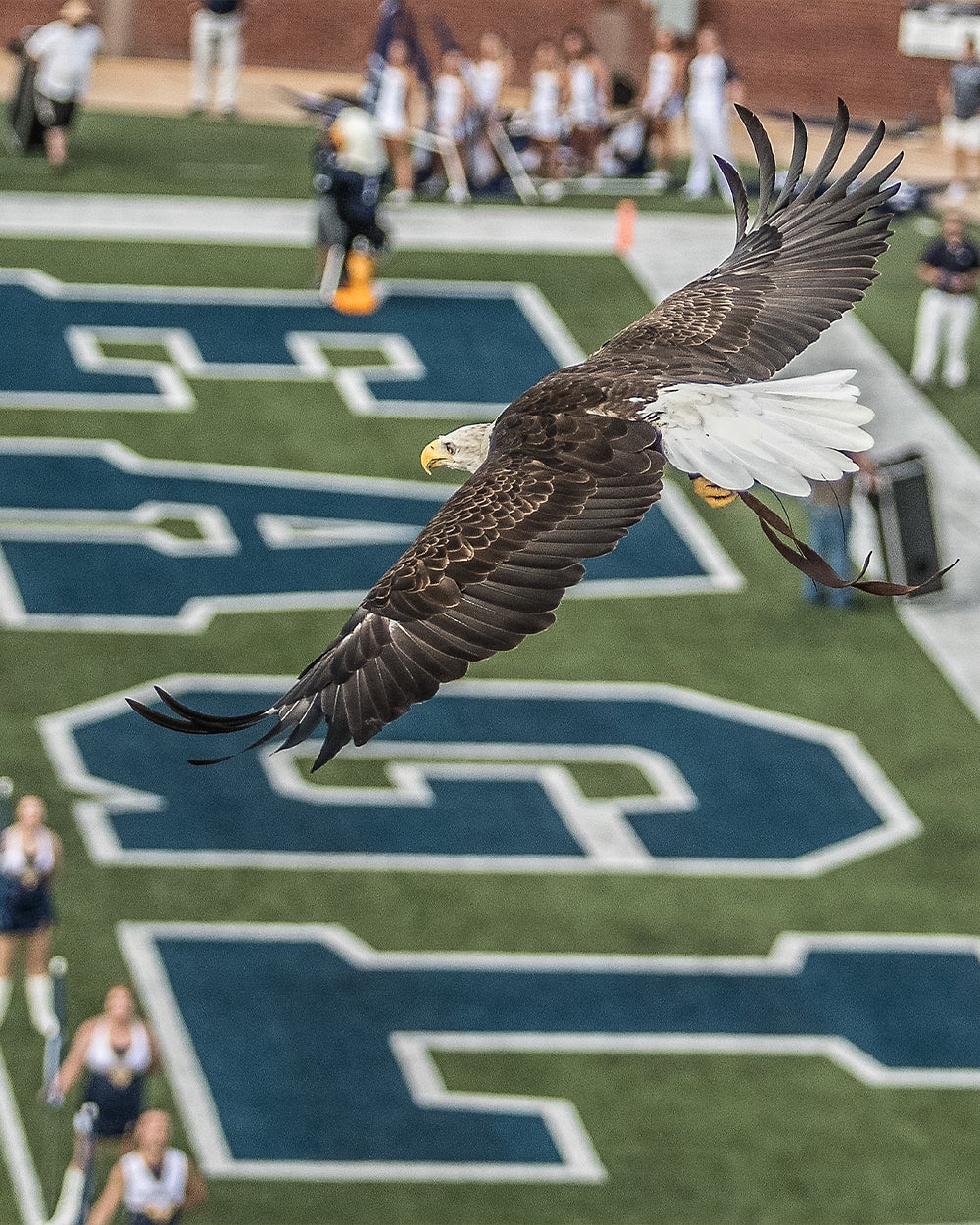Explore the World of Ticks!
Did you know Georgia Southern University is home to one of the world’s largest tick collections? We’re talking over a million specimens, representing nearly every tick species imaginable! This isn’t just a dusty archive; it’s a vital resource for scientists and public health officials, helping us understand and combat tick-borne diseases.
With over 125,000 accessioned lots, and bolstered by an extensive library of scientific reprints, monographs, and books, the USNTC stands as one of the largest, if not the largest, curated tick collections in the world. This extraordinary collection, belonging to the prestigious U.S. National Museum of Natural History (Smithsonian Institution), has been entrusted to Georgia Southern University since 1990.
Here, you’ll find specimens gathered from every corner of the globe, representing most of the approximately 860 known species of ticks and a quarter of the primary tick types.
Did You Know?
Ticks (Ixodida) are haematophagous mites (Acari), meaning they feed on blood. This seemingly simple act has profound implications, as ticks can acquire and transmit a multitude of microorganisms during their blood meals, some of which are responsible for serious diseases in humans, domestic animals, and wildlife. Because of the critical role ticks play in human and veterinary medicine, the USNTC serves as an invaluable resource not only for tick taxonomists but also for public health officials who are working to protect communities from tick-borne illnesses.
Read About Our Research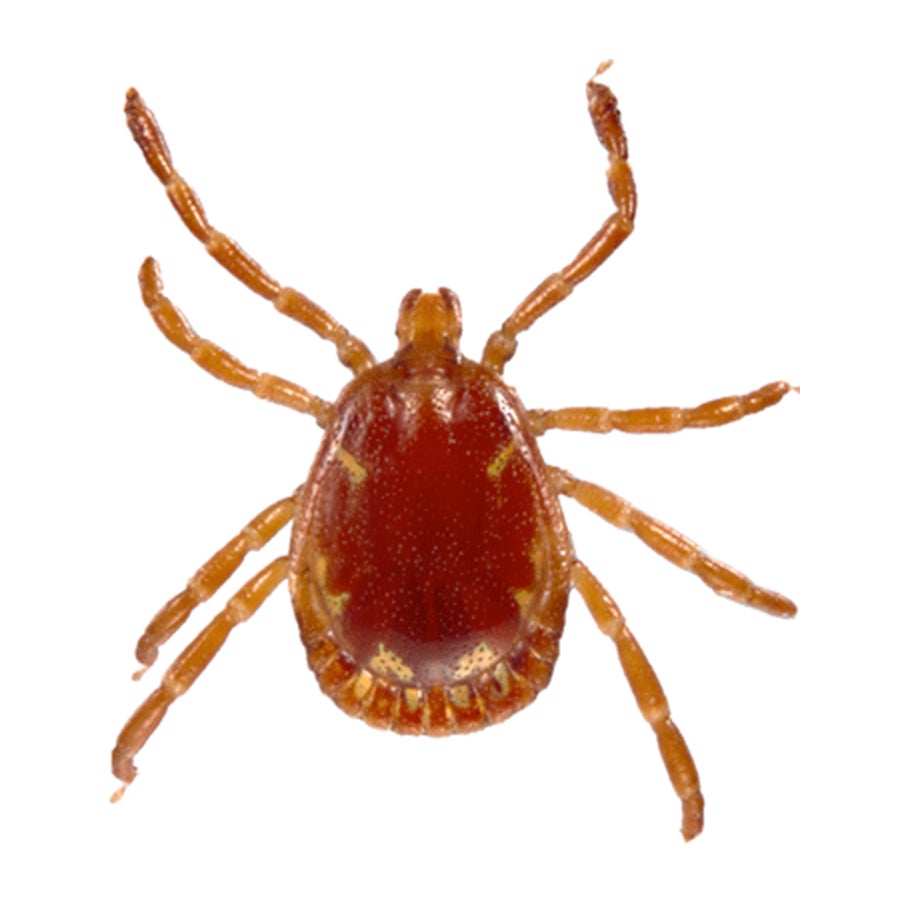
Hard Ticks of the Eastern United States
Learn more about the hard ticks of the Eastern U.S. with this interactive key.
Explore the Hard Ticks of the Eastern US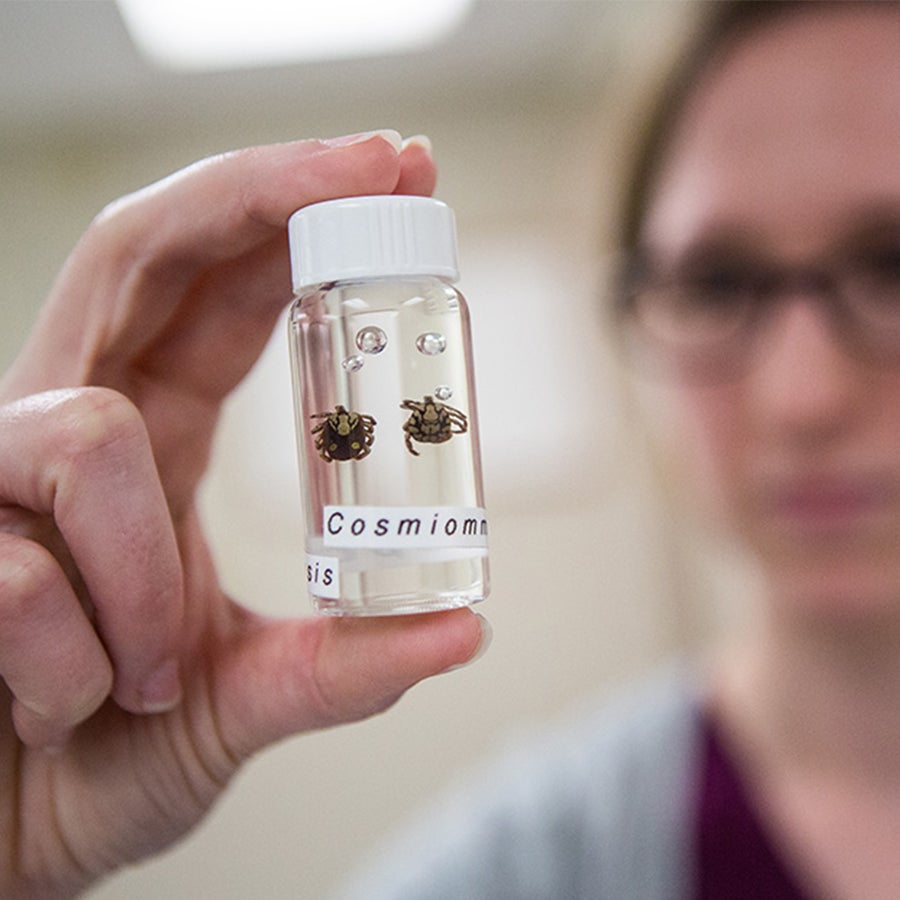
A Legacy of Discovery
Our collection’s history is as fascinating as the ticks themselves, tracing back to the early 1900s and the groundbreaking discovery of ticks’ role in disease transmission. We’ve grown through the dedication of legendary researchers and global collaborations, making us a leading authority in tick systematics.
History of the U.S. National Tick Collection
The story of the USNTC begins in the early 20th century, during investigations into outbreaks of Rocky Mountain spotted fever in Montana and Idaho. A team led by Dr. Howard T. Ricketts made the groundbreaking discovery that ticks were the vectors transmitting these pathogens. This revelation ignited a surge of scientific interest in tick systematics.
The historical core of the present collection was established by Dr. Robert A. Cooley (1873-1968) and his student, Dr. Glen M. Kohls, at Montana State College. In 1931, the collection and its curators moved to the newly established Rocky Mountain Laboratories (RML). Under their stewardship, the RML tick collection grew rapidly through donations, acquisitions of significant private collections (like those of Paul Schulze and Fred C. Bishopp), and active fieldwork expeditions organized by the curators and their collaborators around the world.
A particularly fruitful collaboration with Dr. Harry H. Hoogstraal, a civilian working for the U.S. Navy in Cairo and arguably the most productive tick taxonomist in history, significantly expanded the collection’s holdings, especially from Asia and the Middle East. Dr. Carleton M. Clifford and Dr. James E. Keirans later served as curators, continuing to build the collection’s breadth and depth.
In 1983, the RML collection was donated to the U.S. National Museum of Natural History (Smithsonian Institution) and became the USNTC. The collection was further enriched by Dr. Hoogstraal’s substantial personal collection, which he bequeathed to the USNTC upon his death in 1986.
Under the curation of Dr. Keirans, the USNTC was transferred to Georgia Southern University in 1990 through a long-term enhancement loan and a Memorandum of Understanding with the Smithsonian. Dr. Keirans, with the assistance of Dr. Lance A. Durden from 1992 to 2003, oversaw the collection until 2005. Their research and collaboration networks were instrumental in transitioning tick taxonomy from traditional morphological studies to modern, molecular-based approaches.
For more historical information:
L.A. Durden, J. E. Keirans, and J.H. Oliver (1996). The U.S. National Tick Collection: a vital resource for systematics and human and animal welfare. American Entomologist 42: 239-243.
Training the Next Generation
We’re not just preserving history; we’re shaping the future. With a global decline in tick experts, we’re dedicated to educating students through hands-on research and workshops. Our collection is a living laboratory, empowering future scientists to tackle the challenges of tick-borne illnesses.
The curators also actively participate in teaching external workshops and summer programs, including the Summer Tick Workshop at the James H. Oliver, Jr., Institute for Coastal Plain Science (Georgia Southern University) and the CDC Southeastern Center of Excellence in Vector Borne Diseases Tick Workshop. This dedication to education ensures that the knowledge and expertise needed to understand and combat tick-borne diseases will continue to thrive.
Visit the USNTC
The USNTC is open for tours by appointment only. Contact icps@georgiasouthern.edu to set up an appointment.
All educational groups must schedule an appointment before visiting.
There is a permanent exhibit outside of the collection that is accessible whenever the university is open (M-F 8am-7pm). The collection and exhibit are located on the bottom floor of the Math/Physics Building on the Statesboro Campus.
Visiting Researchers are encouraged to contact us!
Get Directions to USNTC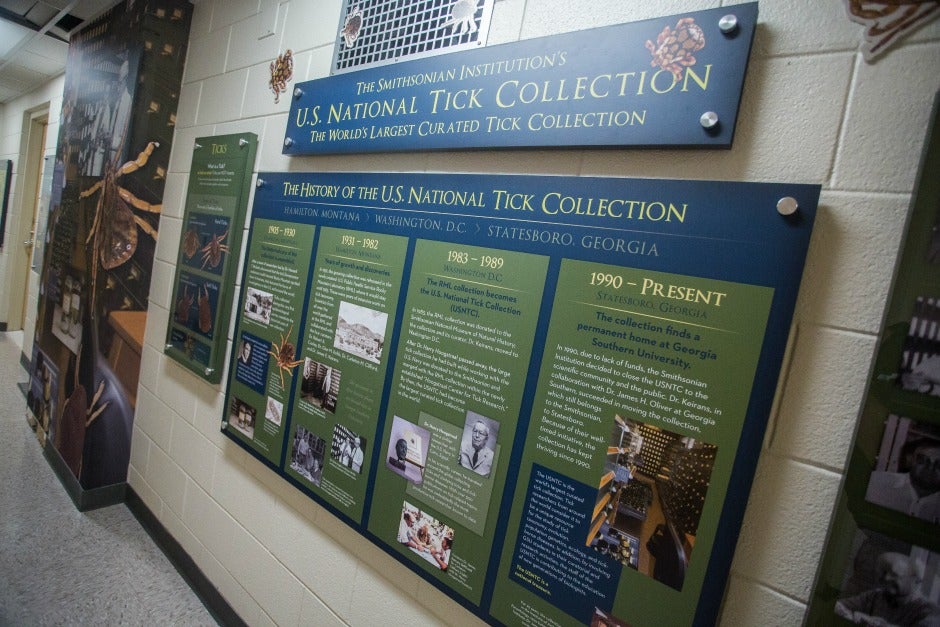
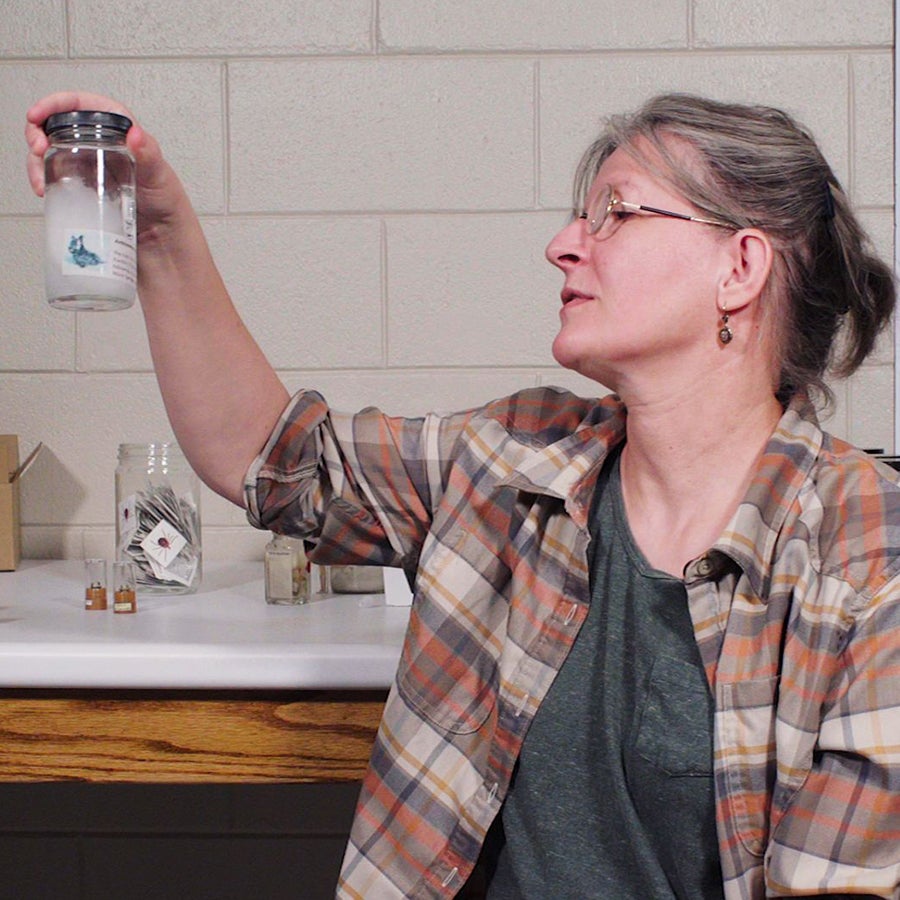
Contact Us
United States National Tick Collection
Statesboro Campus
Georgia Southern University
Phone: 912-478-8001
Fax: 912-478-0559
Email: icps@georgiasouthern.edu
Mailing:
The U.S. National Tick Collection
P.O. Box 8042
Statesboro, GA 30460
Shipping:
The U.S. National Tick Collection
69 Georgia Avenue
Statesboro, GA 30458
